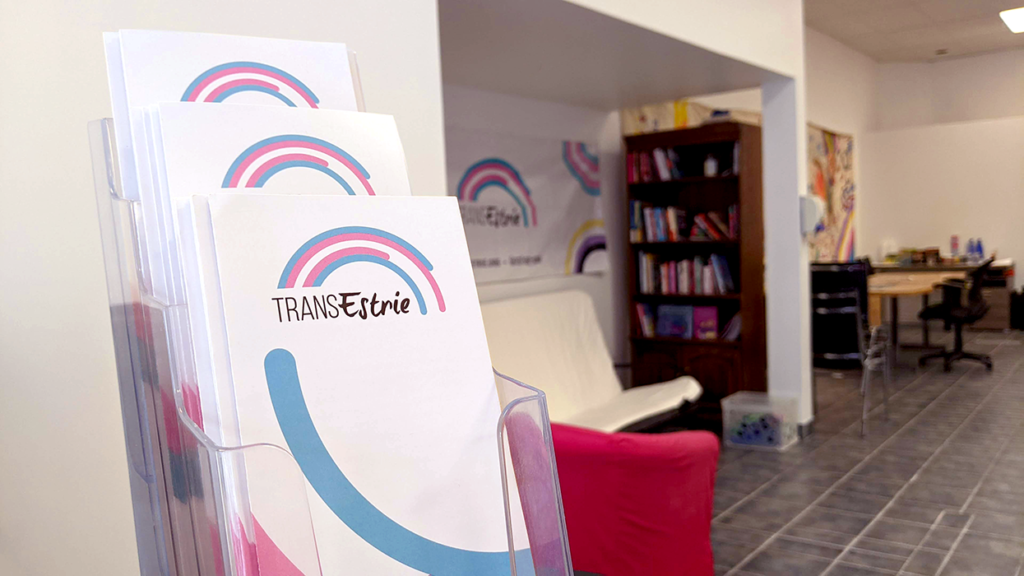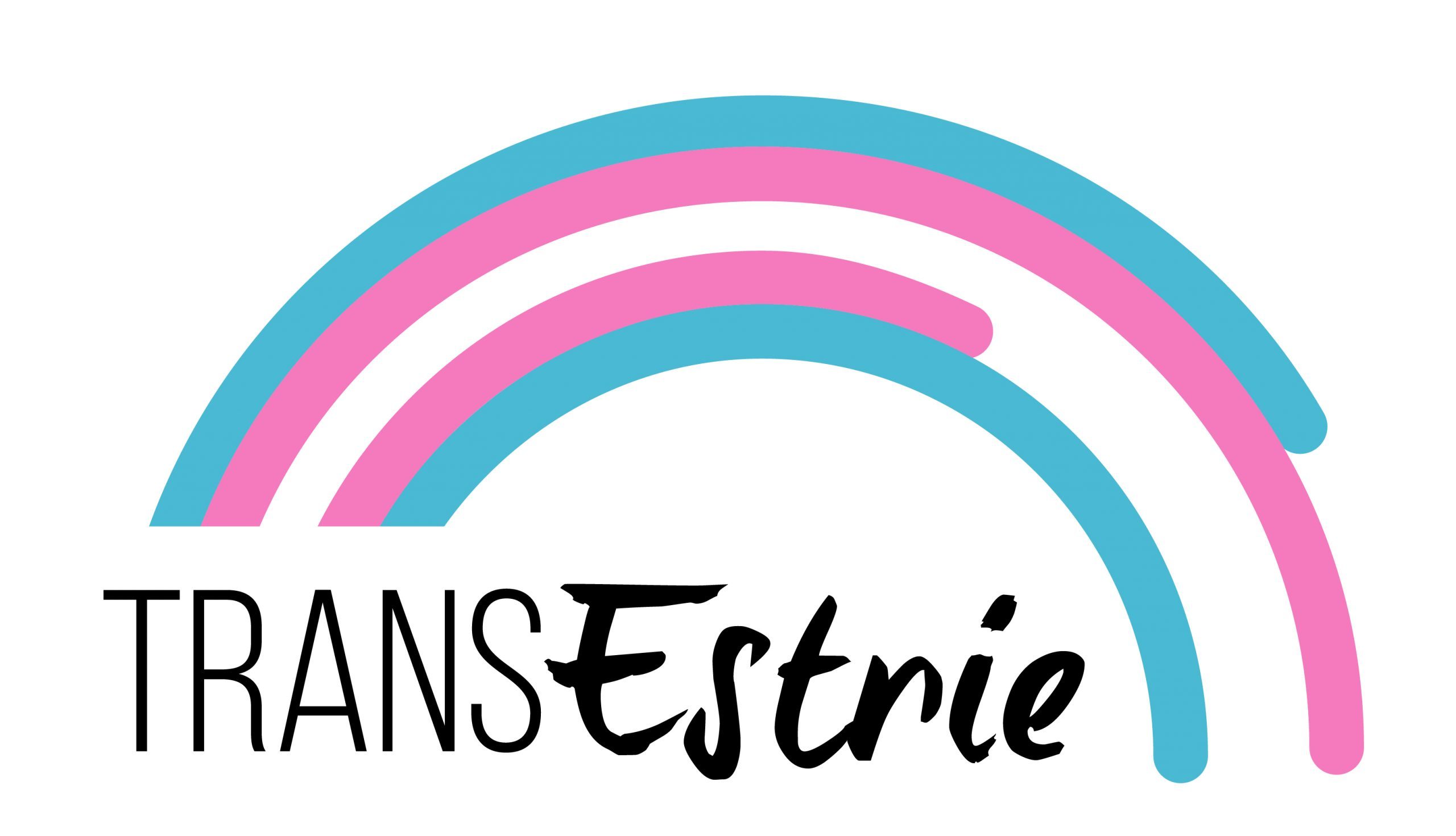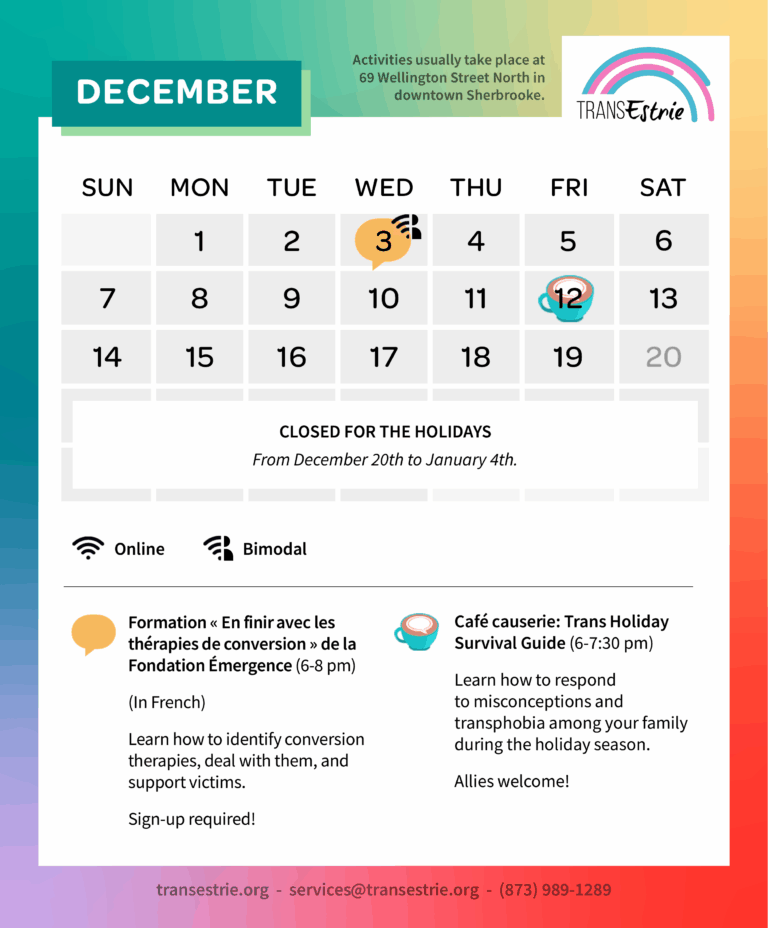Let's make the Eastern Townships an inclusive, affirming and safe place for trans, non-binary and questioning people!
Job Offer: Accounting Technician
TransEstrie is looking for an accounting technician for a short-term mandate!
DEADLINE TO APPLY: December 18th at noon!
Who are we?
TransEstrie’s main mission is to support the trans and non-binary communities of Estrie by creating services for them and by representing their interests to institutions, organizations and establishments in Estrie so that their services are adapted to trans and non-binary realities.

Mystified by medical transition?
Together with the Conseil québecois LGBT, we have written a guide that explains the different options for medical transition in Quebec, from hormone replacement therapy to surgery, from referral letters to hormone blockers!
As of now, the website is exclusively in french.

Help us maintain our services!
Want to support TransEstrie? Making a donation is the most direct way to do so! Even a small donation can buy gender affirming items or support a trans or non-binary person in need.
Practical Definitions
Acronym for lesbian, gay, bisexual, trans, queer, questioning, intersex, asexual, aromantic, agender, and two-spirit.
A person whose gender identity does not correspond to the sex assigned to them at birth.
A person whose gender corresponds to the one they were assigned at birth.
Umbrella term for people whose gender identity is not exclusively female or male. Some non-binary people use more specific labels to describe their gender(s), such as agender, bigender, pangender, genderfluid, neutrois, etc. Non-binary people are trans by definition, but not all decide to identify with that term.
Trans experience. Preferred term to transsexuality or transgenderism, which are terms that relate to the self-identification of trans people, and which have a pathologizing connotation when imposed without consent.
Man who was assigned female at birth, most often because he was born with a vulva.
Woman who was assigned male at birth, usually because she was born with a penis.
Person whose sexual characteristics are considered “ambiguous” by the medical field. They still suffer a lot of medical violence, including genital and hormonal mutilation.
The way in which a person consciously or unconsciously expresses their gender identity through language, appearance, mannerisms and other forms of expression.
An expression of gender that is different from what is expected by society based on one’s gender or assigned sex. For example, a man wearing makeup, a non-binary person wearing a dress, a woman who does not shave.
Discriminatory attitude towards people who are or are assumed to be trans, non-binary and gender non-conforming. Discrimination against people because of their transness, non-binarity, genitalia or gender expression.
Presumption that women have vaginas, men have penises, and that there are only two genders. This is the systemic bias of transphobia, which erases trans experiences in most spheres of society.
A non-linear process unique to each trans person, aimed at gaining recognition of one’s gender, both from oneself and from others, especially through changing one’s gender expression. Transitioning can have social, medical and legal aspects.
Discomfort with gendered characteristics of one’s body or gender expression, or the way they are perceived by others. The degree of dysphoria can vary greatly from moment to moment and from person to person. You do not have to experience gender dysphoria to be trans.
Partners

We would like to thank the REMDUS for its financial contribution to TransEstrie.


